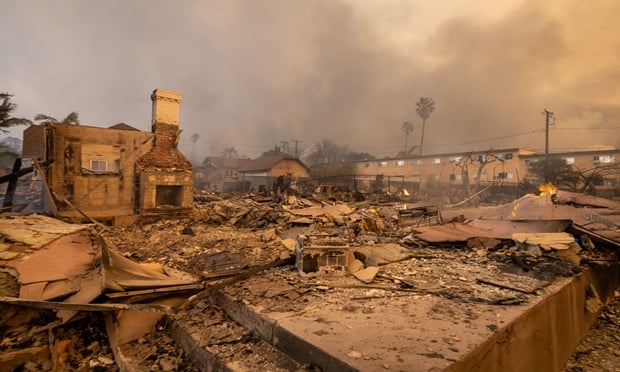U.S. earthquake insurance premium prices are based on scanty data and may be insufficient to cover losses, according to a rating firm analysis.
Standard & Poor's said that predicting earthquakes is extremely difficult, and historically major ones have not been forecasted.
It noted that the U.S. Geological Survey estimates that over the next 30 years the probability of a major quake is 67 percent for the San Francisco Bay area and 60 percent for Southern California.
Recommended For You
Want to continue reading?
Become a Free PropertyCasualty360 Digital Reader
Your access to unlimited PropertyCasualty360 content isn’t changing.
Once you are an ALM digital member, you’ll receive:
- Breaking insurance news and analysis, on-site and via our newsletters and custom alerts
- Weekly Insurance Speak podcast featuring exclusive interviews with industry leaders
- Educational webcasts, white papers, and ebooks from industry thought leaders
- Critical converage of the employee benefits and financial advisory markets on our other ALM sites, BenefitsPRO and ThinkAdvisor
Already have an account? Sign In Now
© 2025 ALM Global, LLC, All Rights Reserved. Request academic re-use from www.copyright.com. All other uses, submit a request to [email protected]. For more information visit Asset & Logo Licensing.








